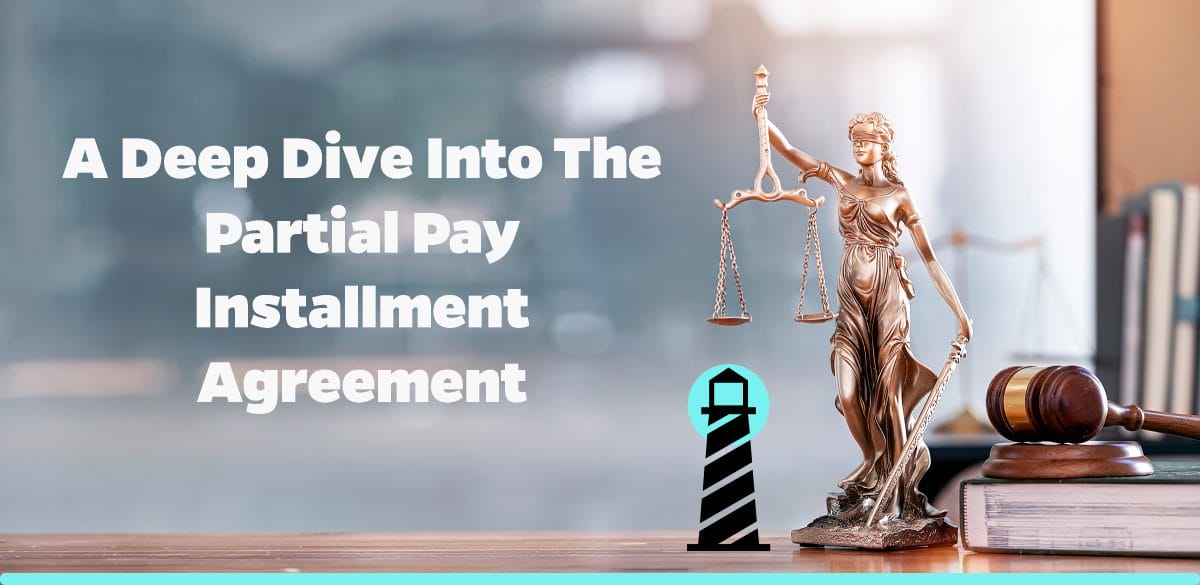Discover the Potential of a Partial Pay Installment Agreement
Facing tax obligations can be a daunting process, especially when financial constraints make it difficult to clear them all at once. However, the Internal Revenue Service (IRS) has paved the way for taxpayers to manage their tax debt more conveniently with a Partial Pay Installment Agreement (PPIA). It provides an alternative solution geared towards individual taxpayers and businesses unable to settle their tax liabilities in full.
Defining the Partial Pay Installment Agreement
The Partial Pay Installment Agreement is a payment plan set up by the IRS, allowing taxpayers to pay their tax debt over a specified period. Unlike the standard installment agreement, the PPIA doesn’t require taxpayers to meet the full tax burden by the end of the payment plan. It extends to taxpayers an opportunity to pay a portion of their tax liabilities over an extended period to help ease financial strain.
Essential Points of The Partial Pay Installment Agreement
– It provides a flexible payment plan
– It reduces financial strain on taxpayers
– It forestalls potential seizure or tax liens on property and accounts
Eligibility for a Partial Pay Installment Agreement
To be considered for a PPIA, the taxpayer must demonstrate an inability to pay their tax liabilities in full. Other details considered by the IRS include the value of the taxpayer’s assets, income levels, and living expenses. Furthermore, taxpayers must have filed all necessary tax returns and ensured no other installment agreements are in place.
Navigating The Partial Pay Installment Agreement Application Process
Applying for a PPIA involves compiling a comprehensive collection of financial information for IRS review. This includes details about income, expenses, and asset equity. More comprehensive information about the application process can be obtained from the official IRS website. You can check out the Online Payment Agreement Application page for detailed insight.
After submitting the application, IRS representatives review the information to ascertain if you’re a suitable candidate for a PPIA. Should the IRS approve your application, a PPIA is put into effect and a structured payment plan is set up.
Staying Current with Your PPIA
Once the PPIA is in motion, it’s essential to adhere to the payment terms. Any missed or late payments could result in the agreement being terminated by the IRS which would immediately reinstate the full amount of tax owed.
Reviewing the Partial Pay Installment Agreement
One intriguing factor about the PPIA is that the IRS reserves the right to review your agreement every two years. This review is to evaluate any changes in the taxpayer’s financial situation. If there’s a significant increase in your ability to pay, the IRS may increase the installment amounts or terminate the agreement and reinstate the full amount of tax owed.
Benefits of a Partial Pay Installment Agreement
– It allows taxpayers to make smaller, more manageable payments over an extended period.
– It provides relief from the immediate financial burden of tax debt.
Professional Assistance for the Partial Pay Installment Agreement
Navigating the tax terrain can be a complex process. You might want to seek professional guidance to guarantee a seamless and successful application process. At Brightside Tax Relief, we offer expert guidance through the application or review processes. We ensure you optimize the chances of approval and maintain a successful PPIA ongoing.
Conclusion
The Partial Pay Installment Agreement stands as a valuable resource for taxpayers experiencing financial constraints that limit their capacity to pay off tax debts in full. By understanding the essentials of this agreement and adhering to its stipulations, taxpayers can experience considerable relief from their tax burdens. At Brightside Tax Relief, we commit to guide and support you throughout this process, every step of the way.




